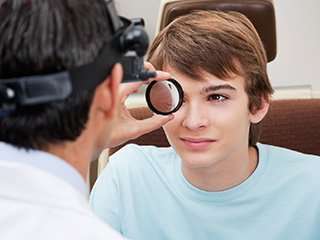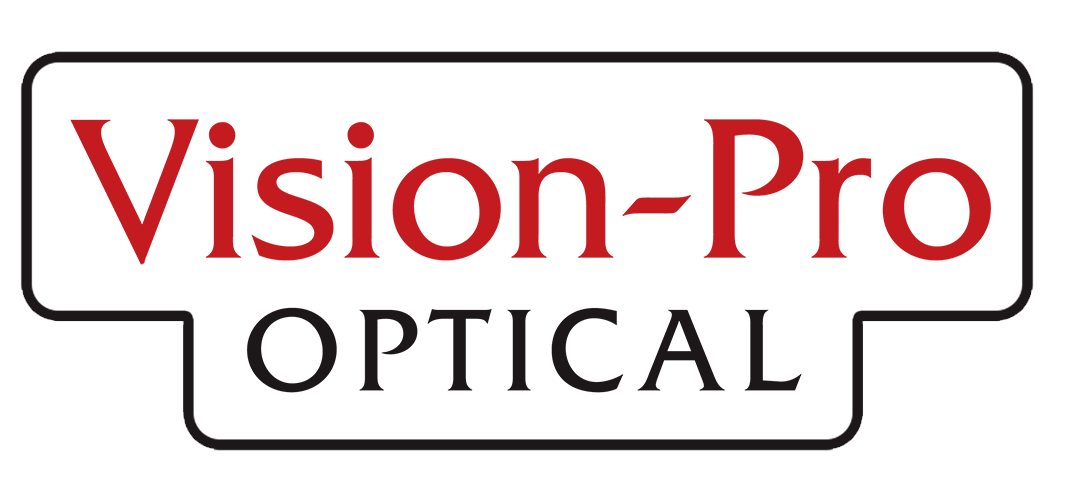


Eye Twitching
Few eye issues are as simultaneously subtle and annoying as a twitch that comes on suddenly and/or recurs frequently. A twitching eyelid may not appear visible to the people around you at all, but it can make you feel highly self-conscious and drive you to search for...
Double Vision
Double vision, also known as “seeing double” or the medical term diplopia, is the perception of two images of a single object. This occurs when two nonmatching images are sent to the part of the brain that processes visual input. Over time, the brain eventually begins...
Hyperopia (Farsightedness)
An eye condition affecting roughly 50 percent of individuals who need glasses, hyperopia (commonly called farsightedness) is characterized by difficulty focusing on nearby objects while being able to see objects at a distance properly. Hyperopia occurs when your...
Photophobia
Do you find yourself squinting or closing your eyes in bright light? It could be photophobia or acute light sensitivity. Eyes are designed to respond to light, but certain conditions can create light sensitivity. Exposure to sunlight, fluorescent light, incandescent...

